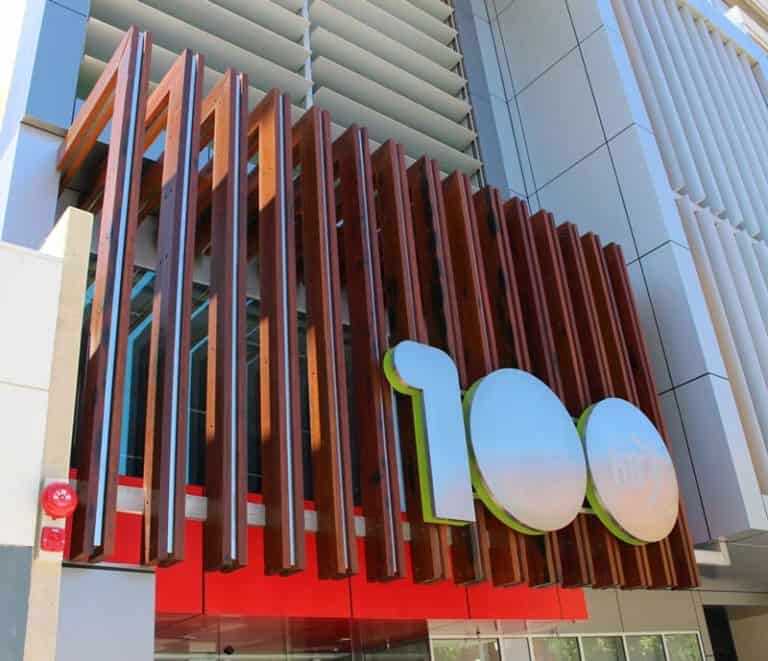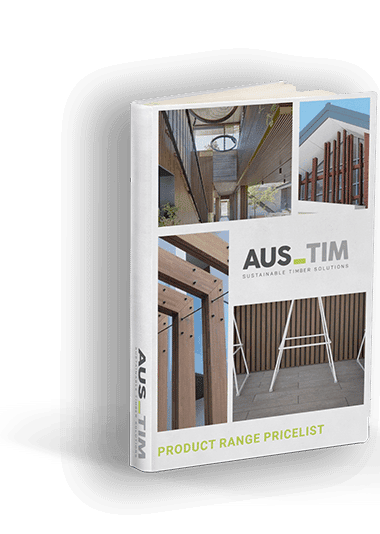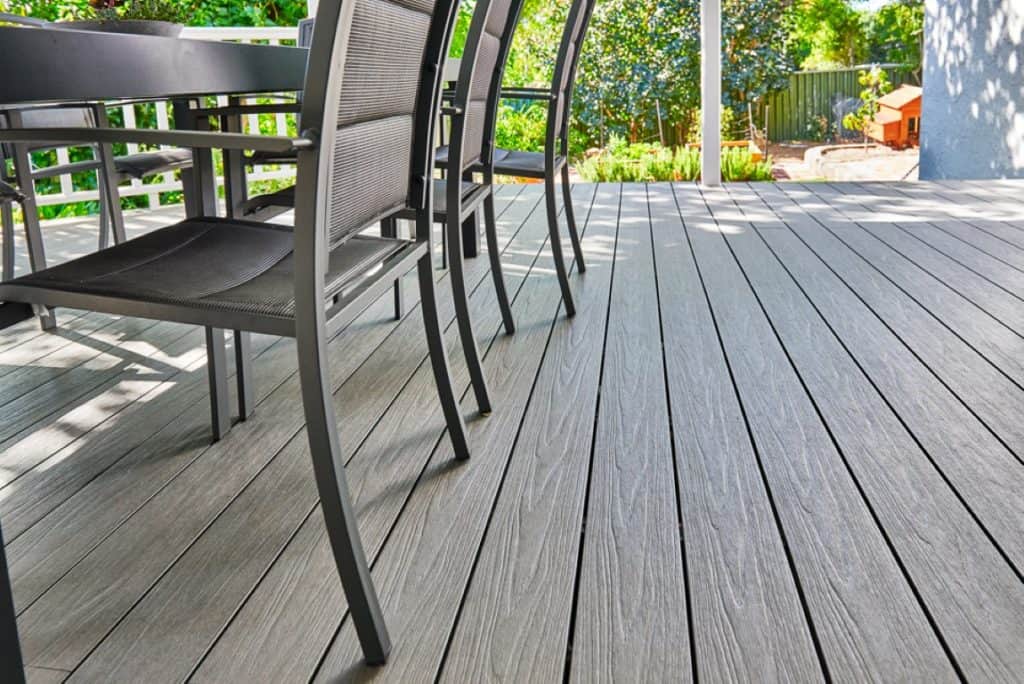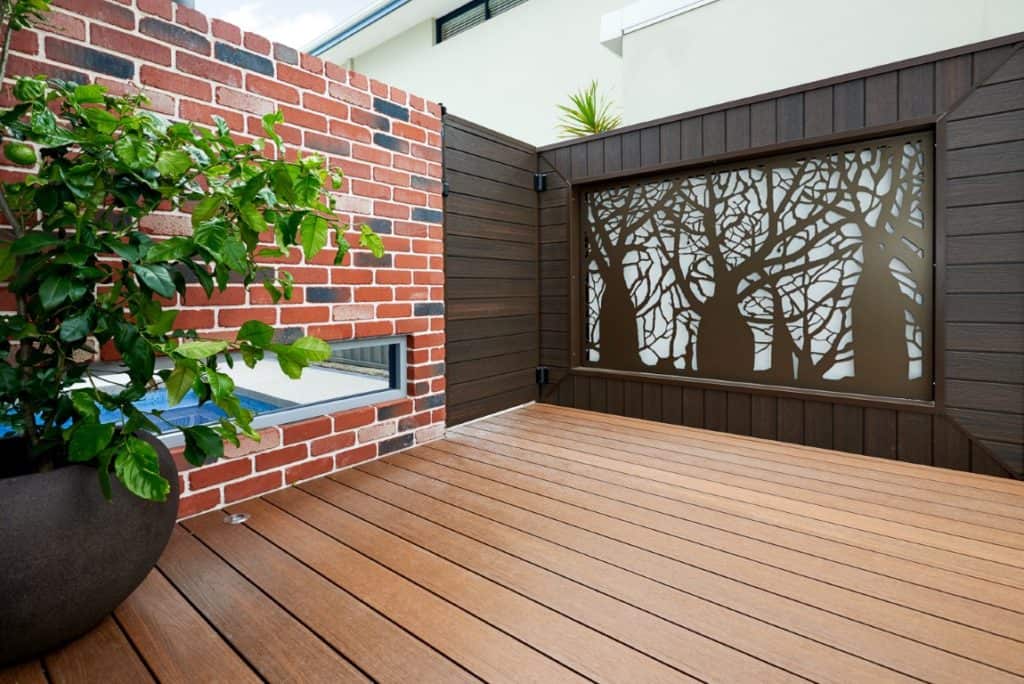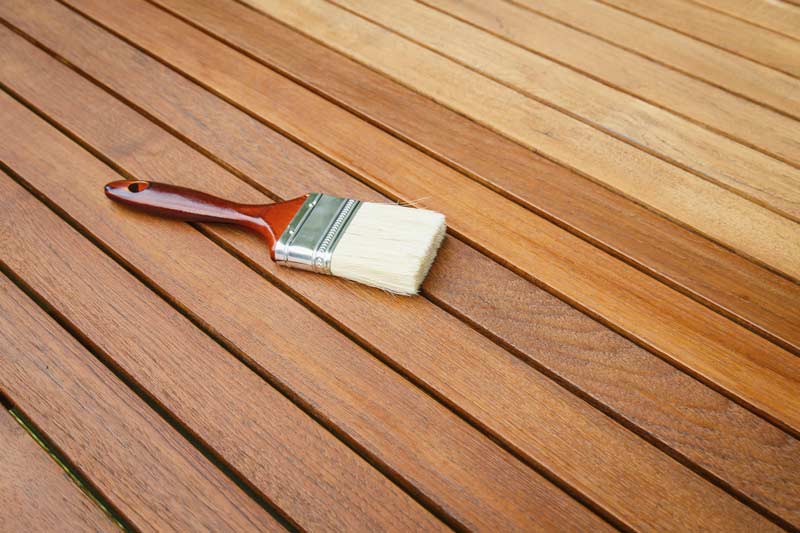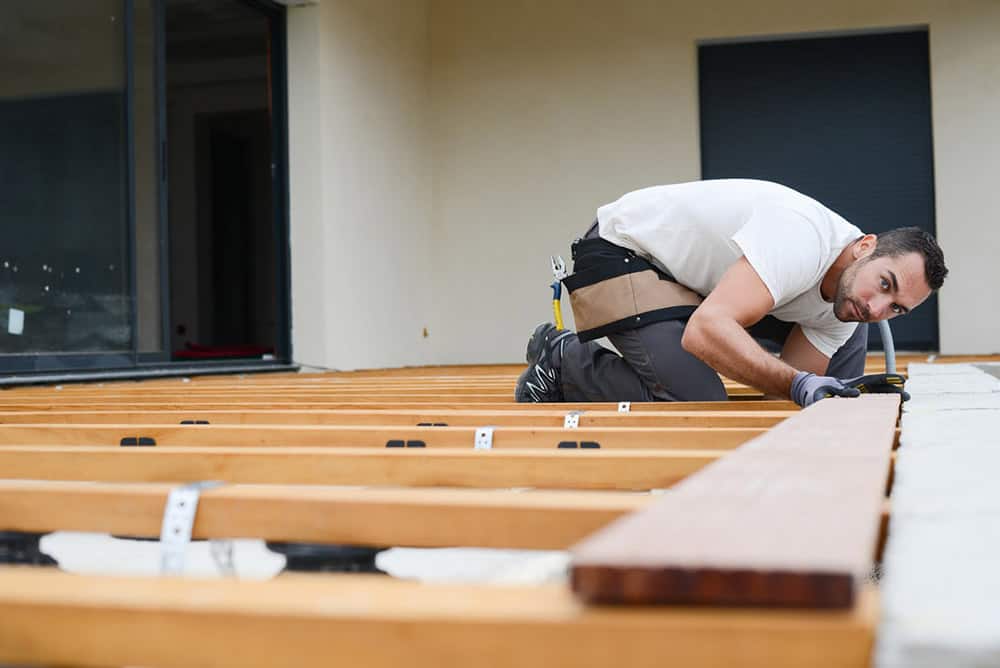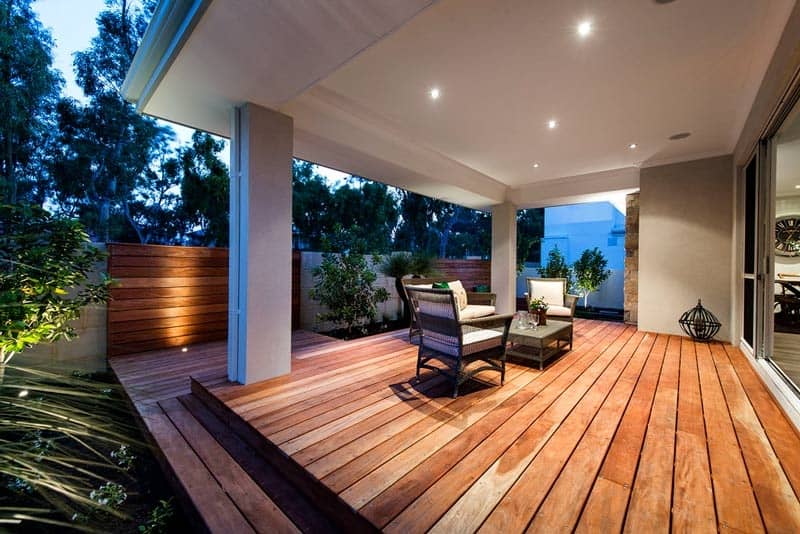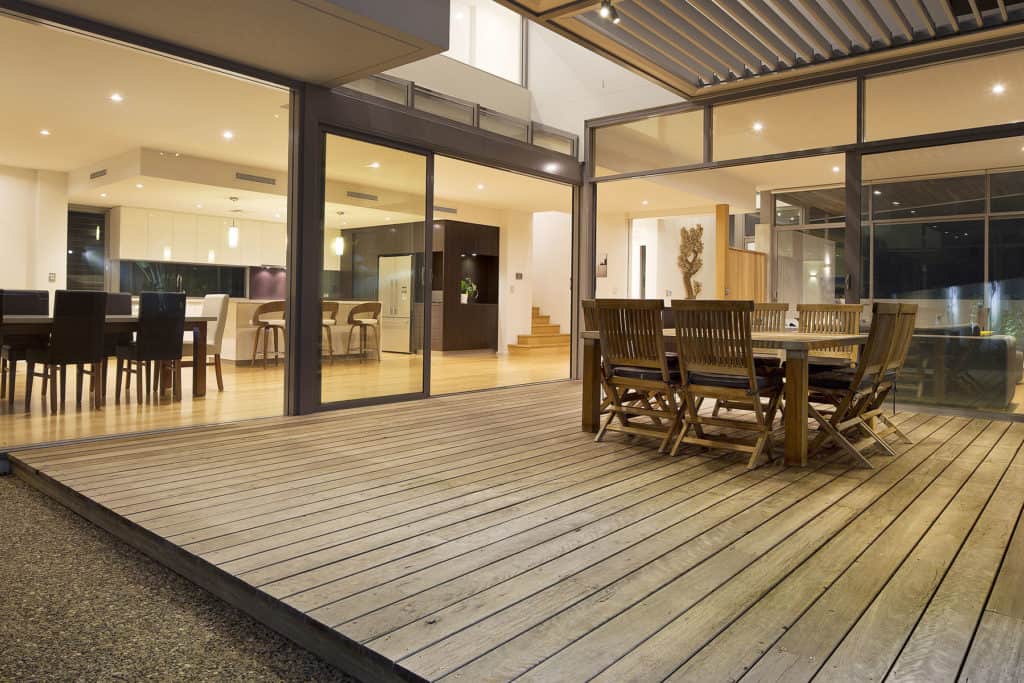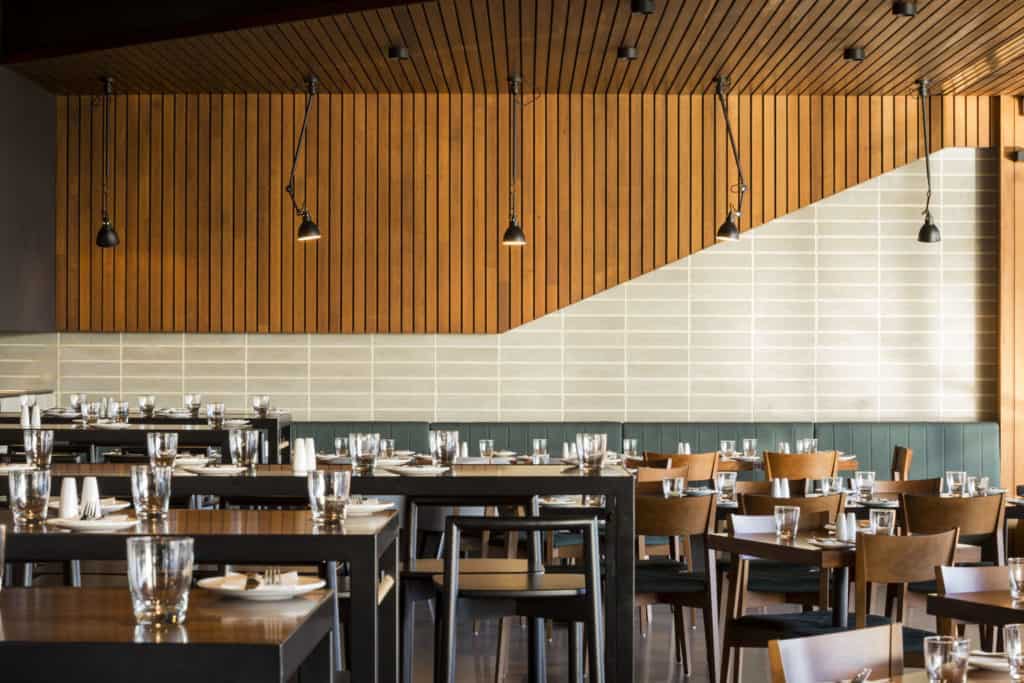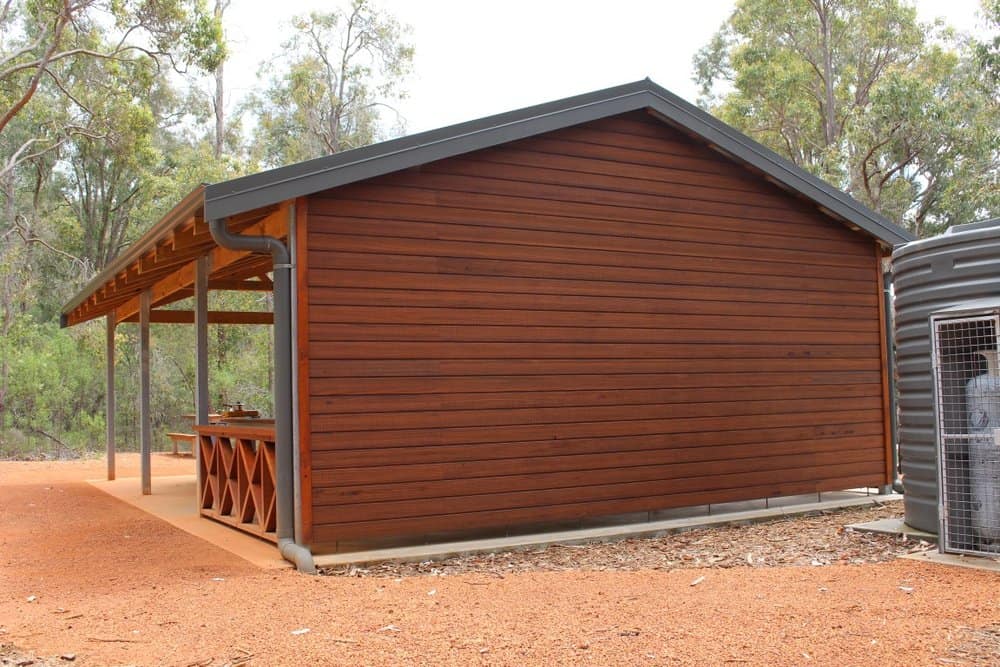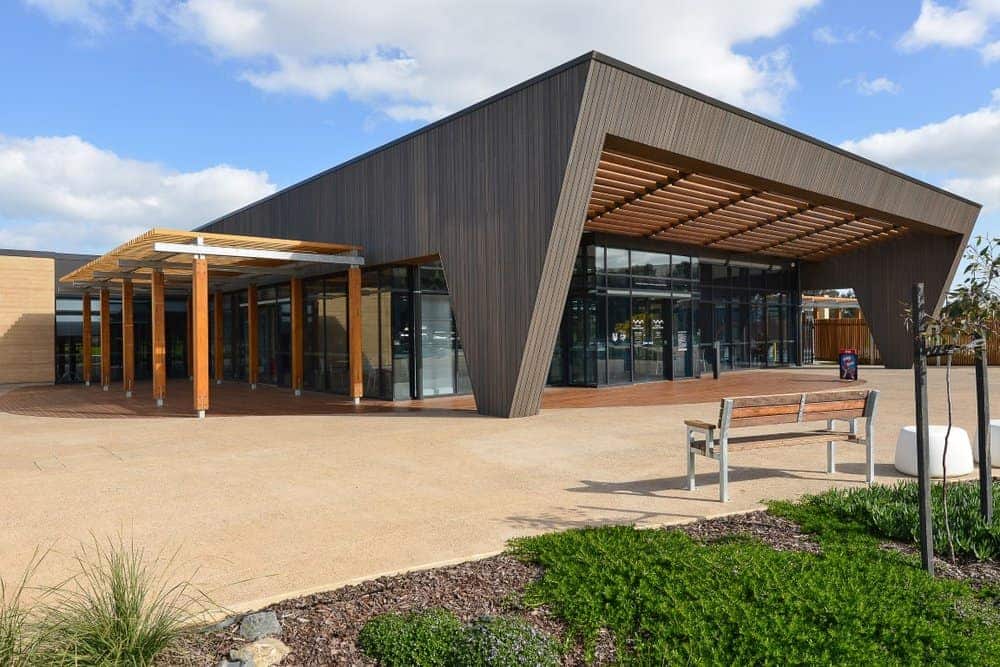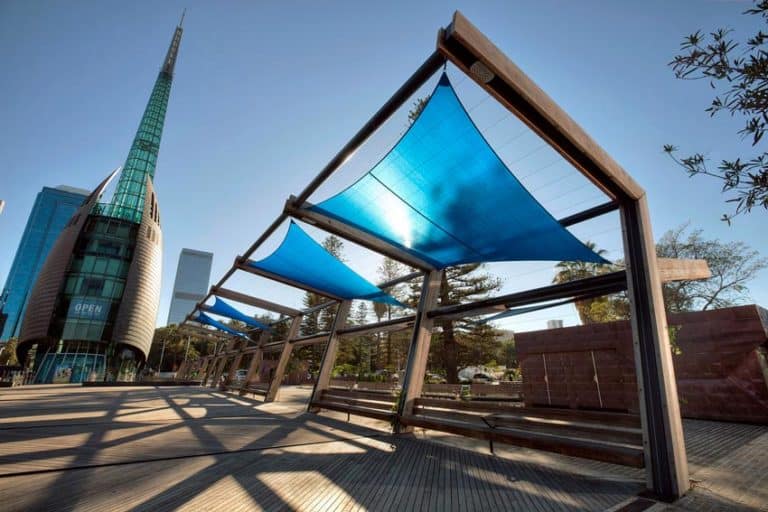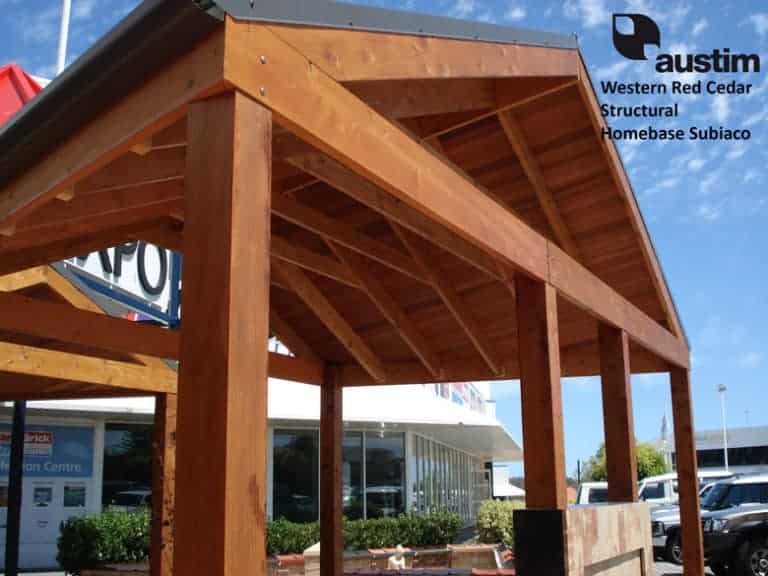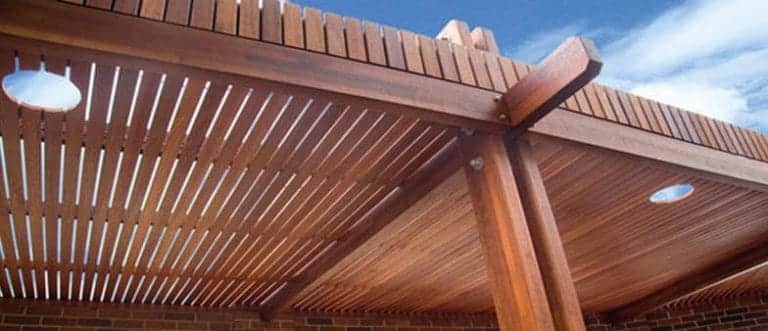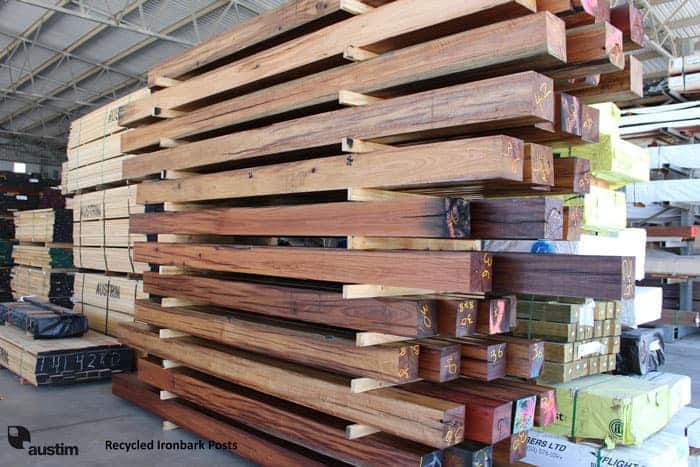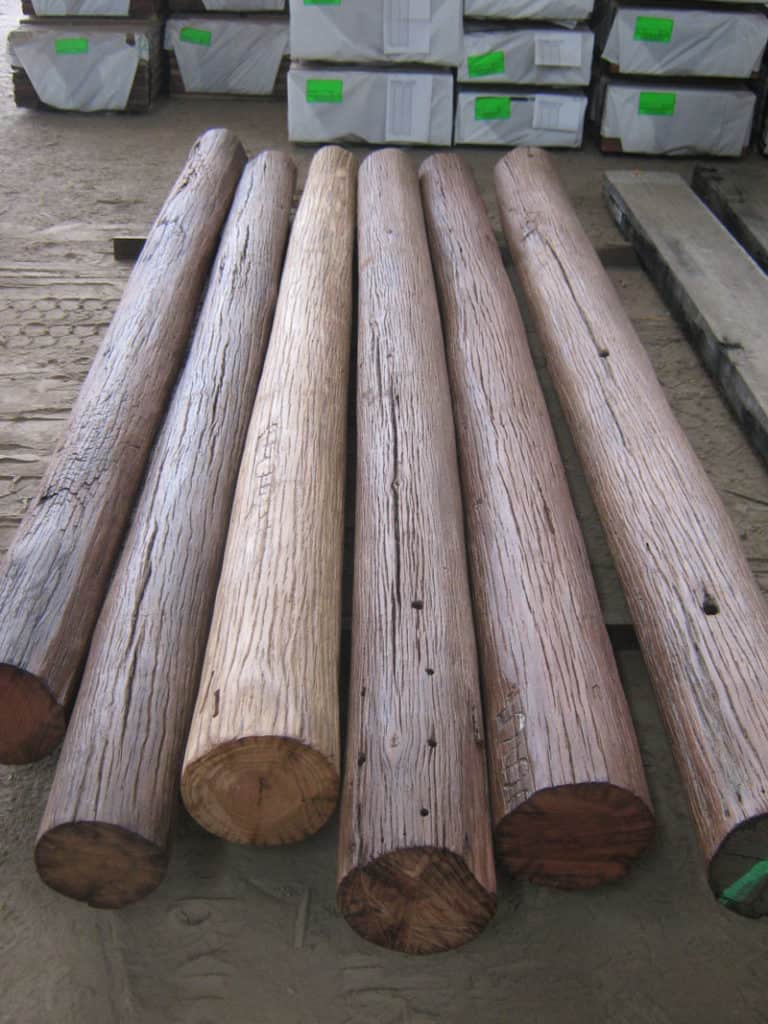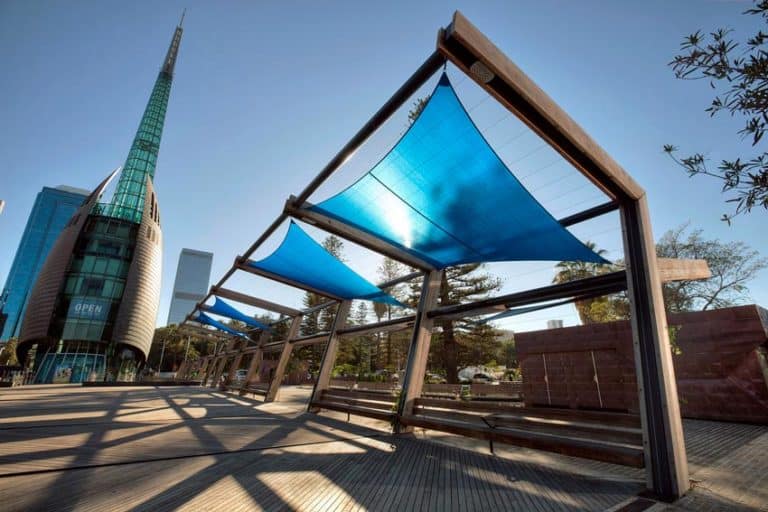Timber cladding systems have advanced over many years and facade designs are now seen as the next step in modern architecture. Timber cladding is a fast-growing trend as it’s aesthetically pleasing, adding warmth and texture while remaining durable and economically friendly.
Timber Cladding Types
There are many types of timber that can be used for external wall cladding and several techniques to implement them, offering a vast array of aesthetic possibilities for designers and architects.
Multi-depth cladding and high opacity cladding are two of the most popular design trends for modern builds in Australia.
Multi-depth cladding generates texture and depth by using boards of mixed thickness and width. Using shallow and deep pieces of timber allows light and shadows to play as the sun moves throughout the day.
High opacity cladding is created from high-grade textured timber with natural features such as knots and grains. This wood is then coated in a high capacity paint or stain to retain the timber’s tactility and allow unique grain patterns to be the focus.
Cladding Materials
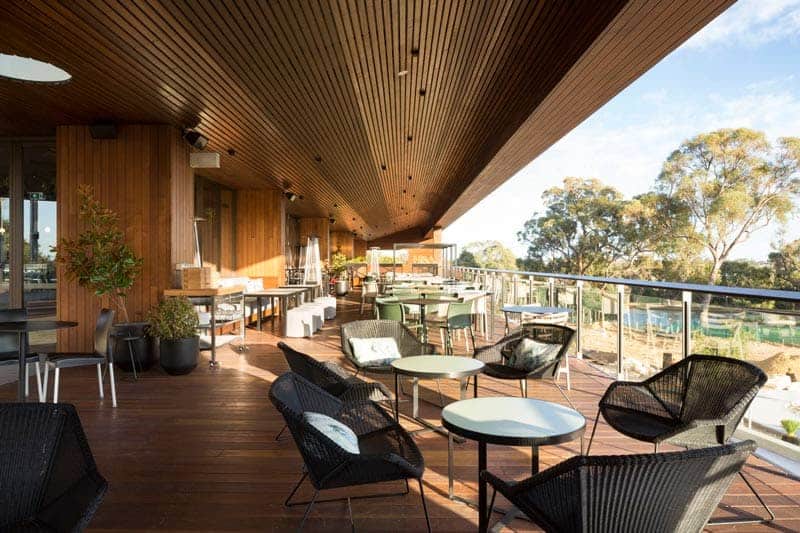
Different types of timber are used in various climates across the world to suit the conditions that wall cladding must endure.
Western Red Cedar is a soft wood commonly used for cladding because it is more resistant to decay and needs no prior treatment, making it ideal for external cladding. However, because it’s soft it’s usually used in areas where heavy damage is unlikely.
The Elements Timber range supplied by Austim is incredibly durable and dimensionally stable. It has undergone thermal modification and is rot and pest resistant with a 25-year warranty, making it ideal for harsh Australian conditions.
Timber Cladding Treatment
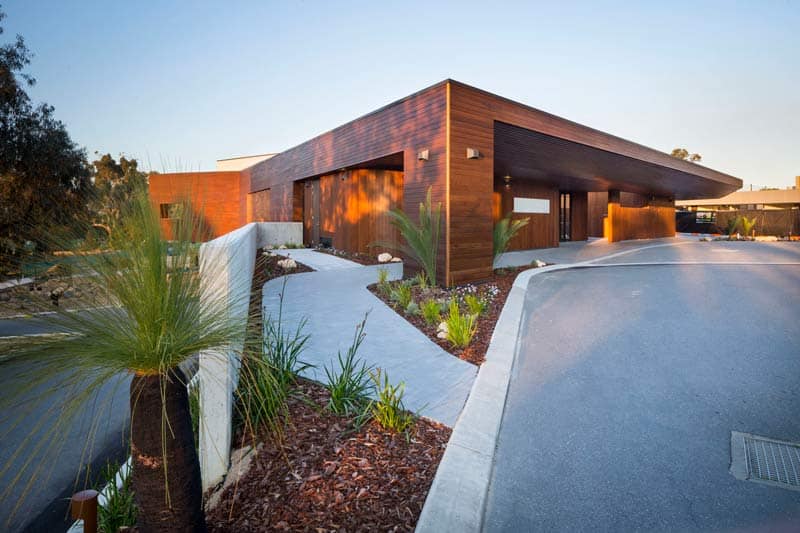
It should come as no shock that the main key to maintaining the durability of timber is keeping it dry. Wood Finishes Direct recommends coating timber to make sure that it stays looking beautiful for years after it has been installed.
During the design of a new structure, many people decide between two products; one product which requires a high initial cost with lower ongoing maintenance and one product that has a lower upfront cost but will require substantial input in the future to maintain its aesthetics and durability.
It’s recommended that you coat any timber before it’s fitted and use a protective coating system that is both water and UV resistant. Different finishes play a significant part in the life of the cladding; acrylic paint needs the least maintenance, staining provides good longevity, while clear finishes need the most regular attention.
It’s important to remember that any natural product used externally is going to need maintenance, and it’s your job to keep an eye out and catch any potential problems early.
Timber Cladding Maintenance
Like all exterior surfaces, your wall cladding needs to be regularly cleaned to prepare it for maintenance so it may retain its appearance.
The most common issues with wood cladding are staining from surface fixings and fading from exposure to the elements. Cladding will benefit from a good clean to let its beauty shine through and remove dirt, stains, or mould.
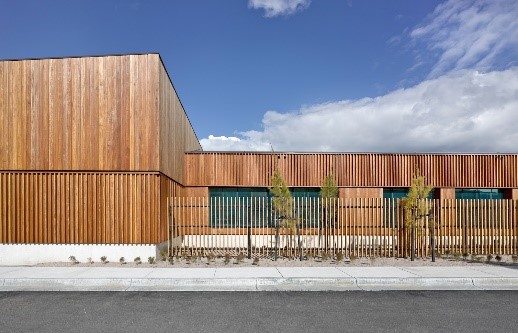
How to Maintain and Clean Cladding
Use a calendar to create a maintenance cycle to periodically inspect and, if necessary, rejuvenate your cladding’s appearance.
The frequency of your maintenance will depend on the type of cladding, what coating system was used, and which parts of your cladding experience the most wear from sun, wind, and rain. Your maintenance period could be anything between 1 to 5 years.
You will need to thoroughly clean your timber before recoating or restaining—one of the best ways to do this is by using specialised timber cleaning products which are designed to get rid of oil, tannins, dirt, mould, and other contaminants on the surface of your cladding.
These are chemically-based, so use drop sheets to protect surfaces and plants. Pressure washing is also an efficient method for cleaning your timber cladding, as it won’t touch the oil or paint on the surface but will clear any other grime that has accumulated.
You’ll need to thoroughly clean and dry your cladding before recoating or restaining it; new coating will be the most effective if it’s applied to a clean, dry surface, protecting the wood for years to come.
What to Avoid
Acetic acid is powerful enough to corrode mild steel as well as galvanised steel screws and is produced naturally in wood! It’s most potent when combined with moisture or salt in the air, so if you’re near the coast, it’s best to use stainless steel or other non-ferrous fixings.
If your project is in an urban area, dirt and pollution will affect the colour and condition of your cladding. It can even make some timbers turn almost black, especially cedar.
Find an expert installer to do the job for you; “If you think it’s expensive to hire a professional to do the job, wait until you hire an amateur.”

(Saltwater Coast Lifestyle Centre – Australia)

